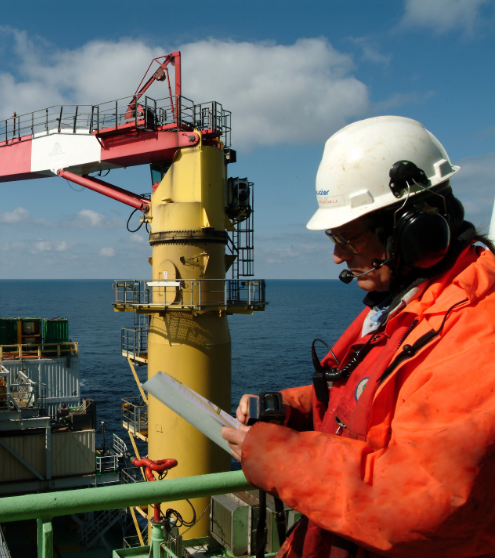Asset Management

Asset Management
Physical asset management is the management of fixed or non-current assets such as equipment and plant. Physical Asset Management presents a systematic lifecycle approach to the management of these assets from concept to disposal.
To understand why physical asset management is important, you need to understand how the assets are used in the business and optimizing the assets to get the most out of them before they are retired. The process begins in the conceptual design phase. Equipment needs to be designed to meet reliability and maintainability requirements to achieve the lowest lifecycle costs. Inventory needs to be observed to ensure it doesn’t run its shelf life before being sold. Equipment needs to be maintained and serviced so it doesn’t cause downtime when it breaks.
Physical asset management employs techniques and processes that focuses on preventing all of these possibilities while still helping your organization achieve the lowest total cost of ownership and highest availability. Its is a very sophisticated process that needs to be overseen by professionals who will always look for ways to improve it. When properly deployed, you will get a long-term advantage that not only impacts your bottom line but also the safety, integrity and reliability of all your physical assets.
Long-term success for physical-asset-management programs, including reliability and maintenance, have a direct impact on an organization’s bottom line. When R&M programs are poorly designed and managed, they rarely survive, and are often sacrificed when belts tighten. Our approach is to ensure that asset management strategy is part of the whole organizational strategy. We begin by developing a asset management system. It typically involves the following:
- Engage and sell Senior Leaders on the importance of asset management and its influence on the bottom-line.
- Understand organizational context
- Establish an overall asset management philosophy and policy
- Develop a strategic asset management plan with objectives for managing the physical assets
- Ensure asset management objectives are linked to corporate objectives
- Design and implement processes staffed with appropriate resources
- Establishing performance metrics with a line of sight from the shop floor to the bottom-line
- Develop asset management plans and risk based equipment strategies for all physical assets
These are some of the activities that make up the asset management system. Our expert consultants can guide your organization in the journey to asset management excellence.
